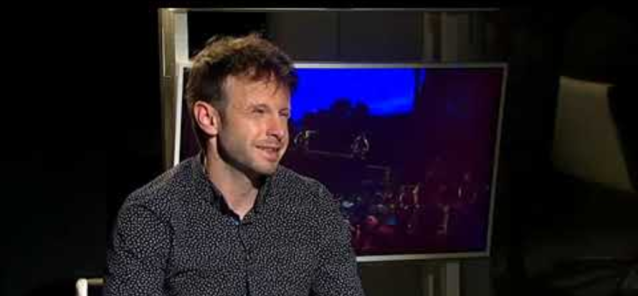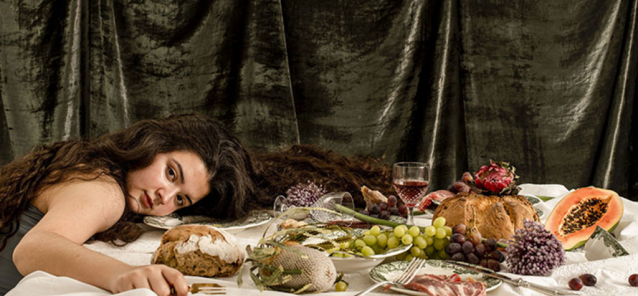

La mujer tigre, Busto, M.
Aqsam
Teatro Maestranza (2022)Informazzjoni minn organizzazzjoni tal-arti (Verifikat minn Operabase)
Starring:
12 - 13 Marzu 2022 (2 rappreżentazzjonijiet)
Żur il-websajtLa mujer tigre by Busto, M., Ħad 13 Mar 2022, Minn (2022/2022), Immexxi minn Fran Pérez Román, Surmast Direttur Manuel Busto
Viewing Cast u Crew għal 13 Mar 2022
Produttur
Conductor
Stage director
Kast
Soprano
Ekwipaġġ
Lighting designer
Costume designer
Set designer
Choreographer
Dramaturge
Tgħallem aktar dwar il-kompożitur
Tgħallem aktar dwar ix-xogħol mużikali
Postijiet
Il-post mhux imħabbra
2022

